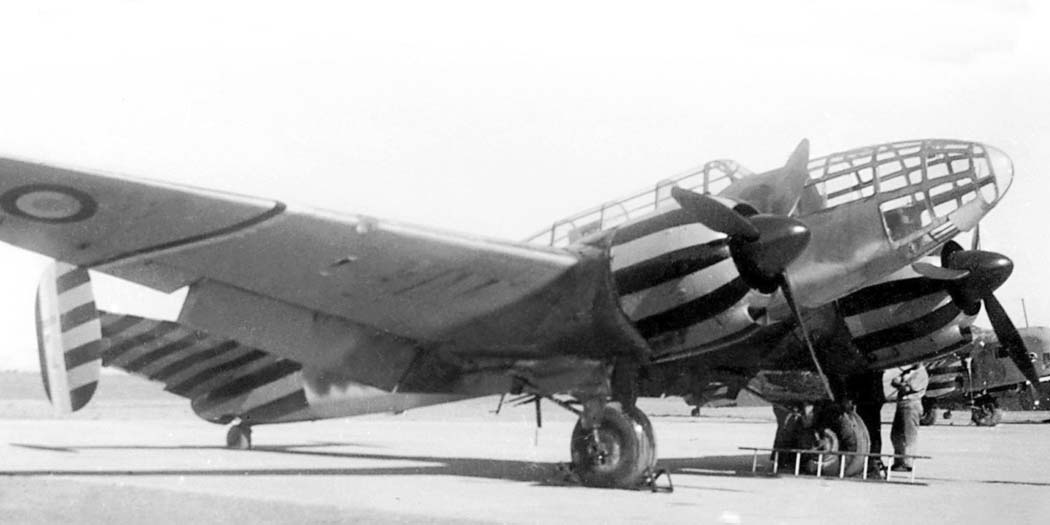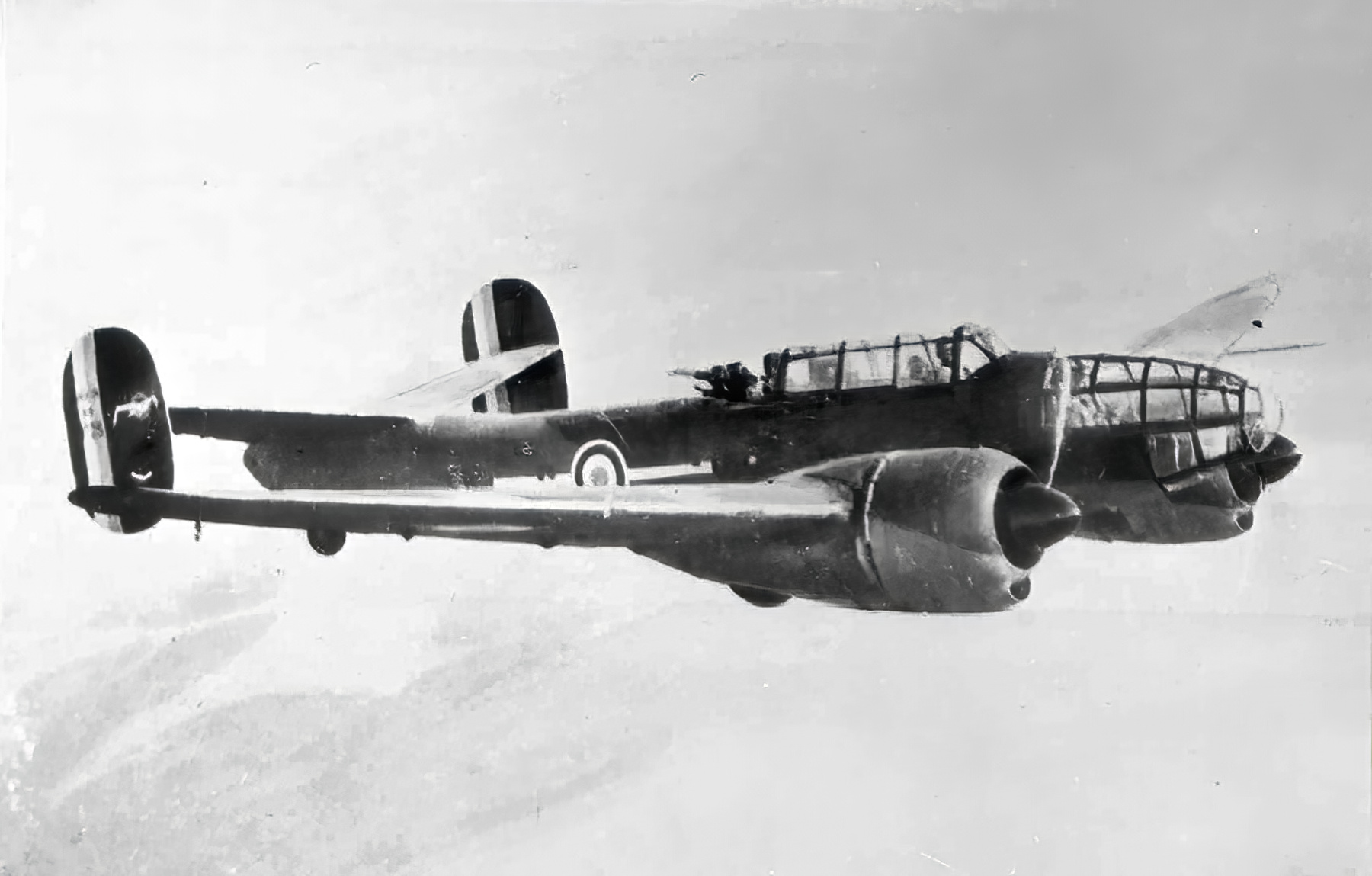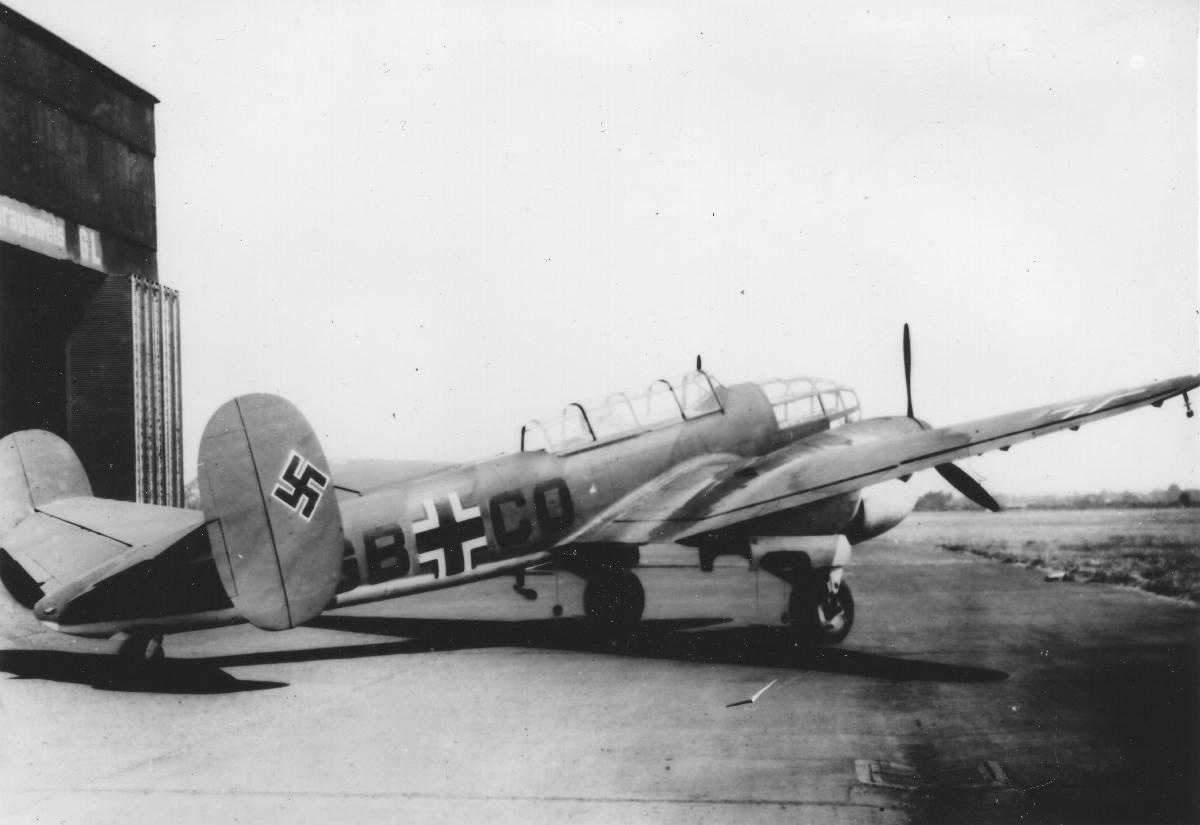Tag: Second World War
-
Bloch MB.175 French Bomber

Bloch MB.175 French Bomber Read more
-
Bloch MB.174 French Reconnaissance Bomber

Bloch MB.174 French Reconnaissance Bomber Read more
-
Bloch MB.174 in German Service

Bloch MB.174 in German Service Read more